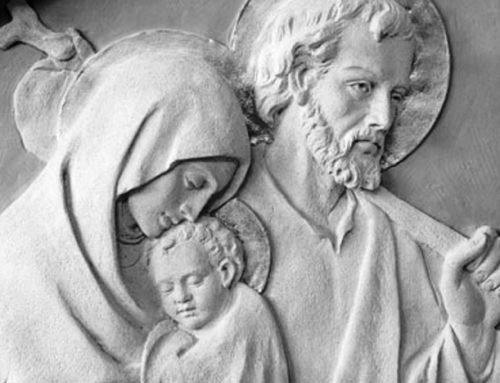They were hidden inside some phylacteries discovered during some excavations sixty years ago but never opened. The news was announced at a conference at the Faculty of Theology in Lugano.
Nine new Qumran scrolls discovered
They were hidden inside some phylacteries discovered during some excavations sixty years ago but never opened. The news was announced at a conference at the Faculty of Theology in Lugano.
They lay inside the desert grottoes for centuries and remained hidden for another sixty years inside what were catalogued as tefillin, the phylacteries worn by observant Jews during prayer. This is the background to the sensational discovery of nine new Qumran scrolls. The Dead Sea area of the Qumran is the site where hundreds of fragments of texts from the Torah and Jewish literary pieces dating back to two thousand years ago were discovered in the mid Twentieth century. The scrolls remained in tact thanks to the microclimate of a complex of desert grottoes and have become a key reference point in biblical science studies. These grottoes were inhabited by a community about which many theories have emerged.
So there are now nine Qumran scrolls to keep experts busy. The discovery was made very recently and was announced a few days ago at the international research seminar “The history fo the Qumran grottoes” organised by the Faculty of Theology in Lugano and coordinated by Professor Marcello Fidanzio. The news was announced by the archaeologist Yonatan Adler of Israel’s Ariel University which found the scrolls inside the tefillin that were being kept at the Israel Museum in Jerusalem, in the Qumran artifact section. The material comes from grottoes 4 and 5, where most of the manuscripts were found during the 1952 excavations led by Dominican French archaeologist Roland de Vaux. The three tefillin in question were examined by the Israel Antiquities Authority using a special photography technique which showed that there were three scrolls inside each phylactery. The material is extremely fragile so much care will need to be taken when removing them from the recipients and the process will take some time.
There will undoubtedly be those who will snatch at the opportunity to stress the arguments contained in the literature on this subject, which claim that the Qumran holds the key to certain mysteries that will rewrite the history of early Christianity. But any such surprises are unlikely, at least as far as the tefillin are concerned. These should contain traditional Torah texts, probably some verses from Deuteronomy. But from a biblical archaeological point of view, this is precisely why said material is so valuable.
“The new discovery shows that the research being carried out on the Qumran is not complete yet. There are a thousand reasons, especially political ones, why the material unearthed is still being studied and why the the findings have not yet been published. What is causing the greatest suspense now is the wait to find out the precise contents of the new scrolls. But another important aspect is the fact that great progress has been made in the more than sixty years since the excavations were carried out in the grottoes, thanks to technologies used. This may help us gain a better understanding through these new scrolls.”
What do the Qumran manuscripts tell us?







Leave A Comment
You must be logged in to post a comment.